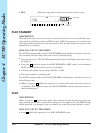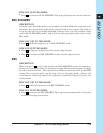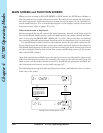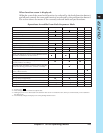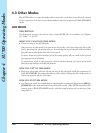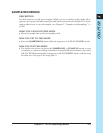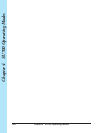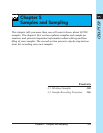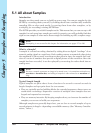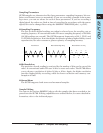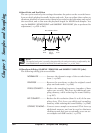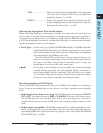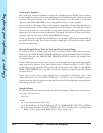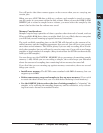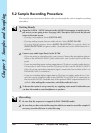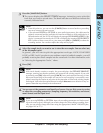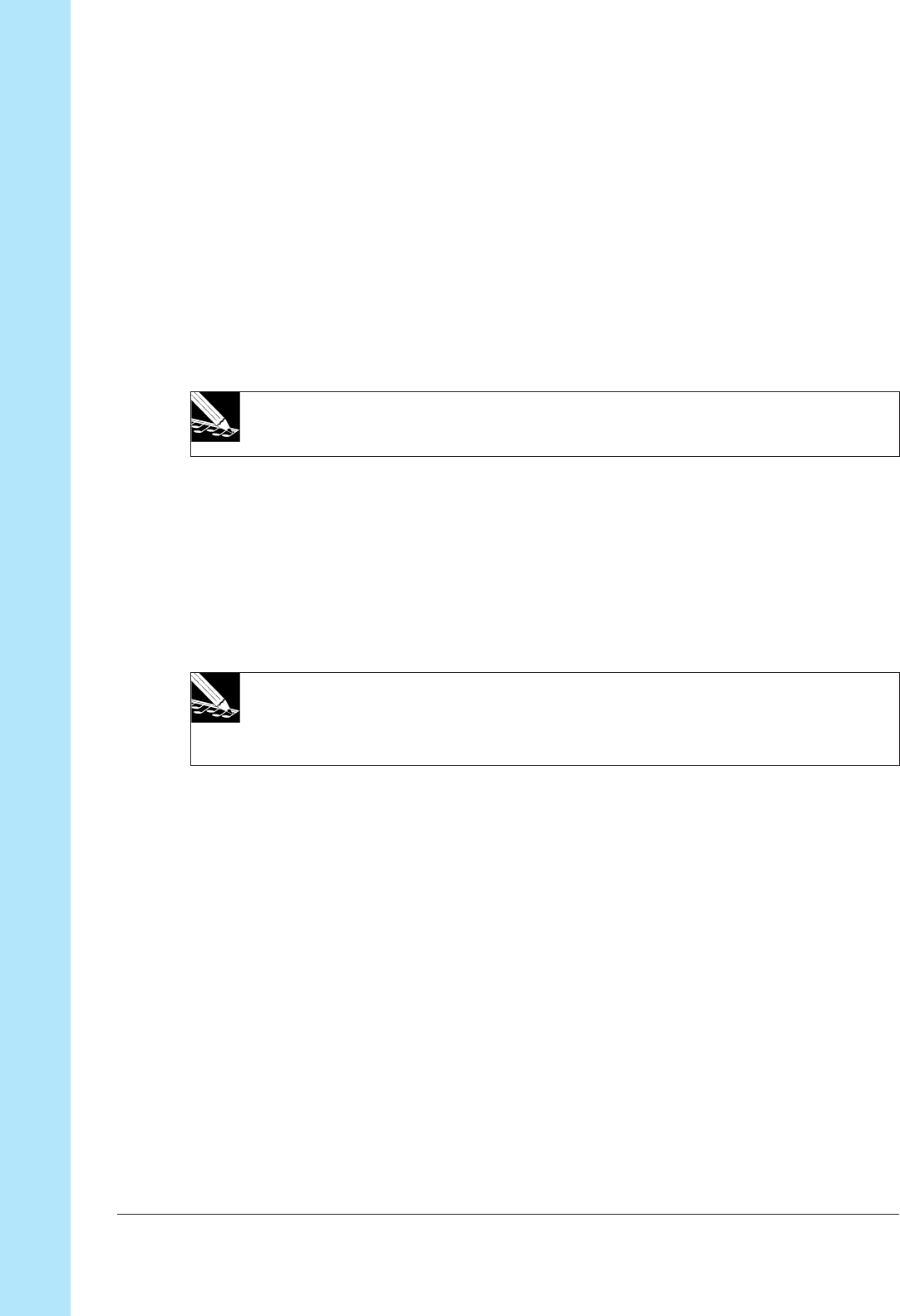
Chapter 5 Samples and Sampling
150 Chapter 5 Samples and Sampling
5.1 All about Samples
Introduction
Samples are the sounds you use to build up your songs. You can get samples for the
SU700 by recording them yourself, by loading them from commercially available
sampling CDs or other such media, by porting them from other samplers, or by
resampling (re-recording) existing SU700 data.
The SU700 provides you with 40 sample tracks. This means that you can use up to 40
samples for each song (one sample per track). In practice you will probably find that
eight or ten samples is often more than enough for building up full, complex songs.
NOTE:
Resampling is not covered in this chapter. For information, see pages 272 to 280.
What is a Sample?
A sample is a sound recording obtained by taking discrete digital “readings” of an
acoustic analog signal at a rapid rate. Each reading returns a numerical value giving
the amplitude of the acoustic waveform at that point in time; the sample thus con-
sists of a series of numbers that provide a digital picture of the waveform. Once the
sample has been recorded, it can be replayed by converting the values back into an
analog wave.
NOTE:
Because a sample represents an image of a sound wave, it is sometimes referred to as
wave data or waveform data, and editing of samples is often referred to as waveform ed-
iting.
Typical Sample Length
Typical samples are quite short: from a fraction of a second to several seconds in
length. Samples are kept quite short for two reasons.
• They are typically used as building blocks for extended sequences, almost never as
stand-alone recordings. Sequences consists of multiple short samples that are
looped and repeated as necessary.
• They are memory intensive. By keeping samples short, you increase the number of
samples you can use to build your sequences.
Although samples are generally kept short, you are free to record samples of up to
several minutes in length—depending on available memory. (See “Memory Consider-
ations,” below.)



